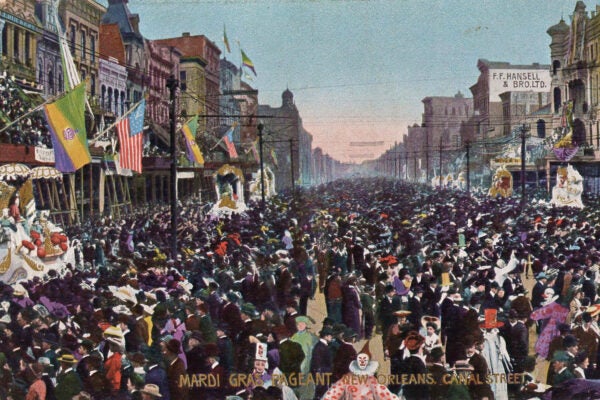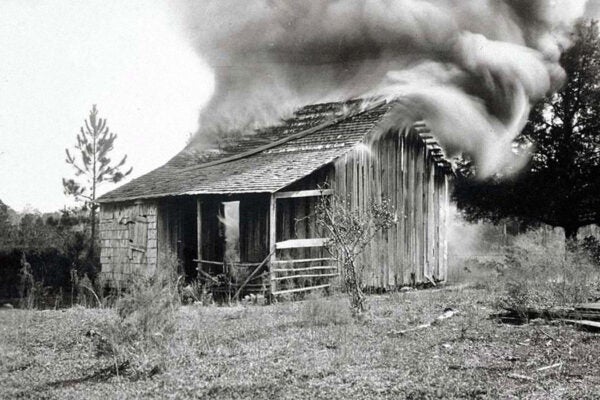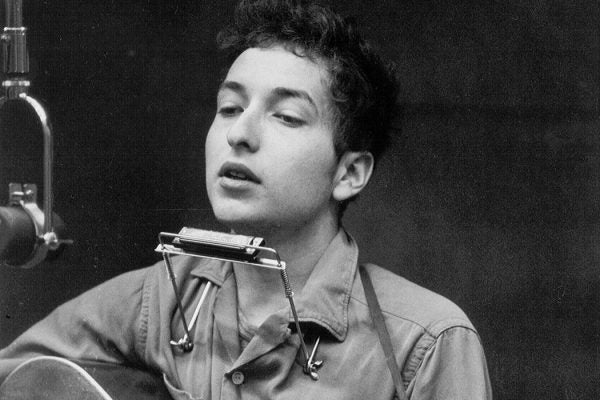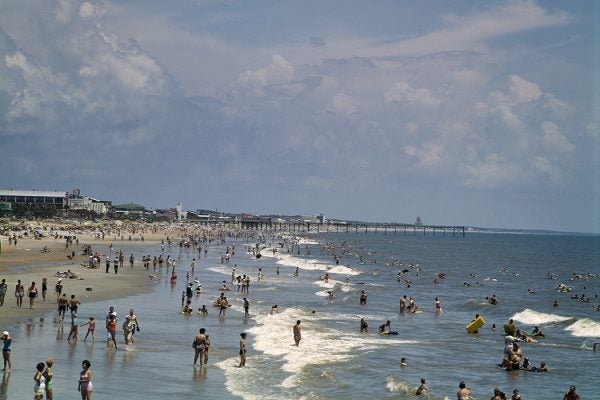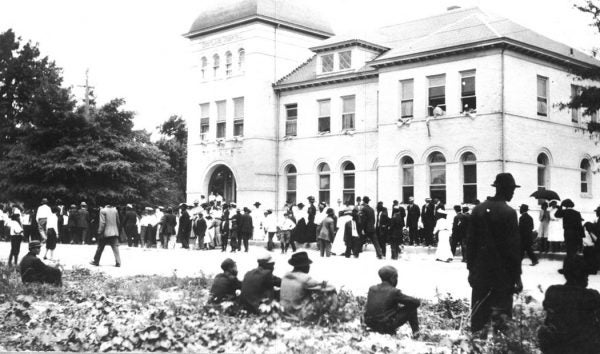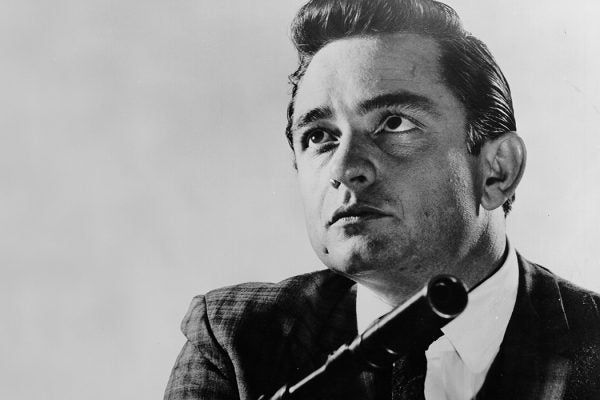Why is New Orleans a City of Parades?
New Orleans’ ethnic diversity and lack of public welfare programs contributed to a culture of mutual aid organizations—and huge, festive parades.
Remembering the Rosewood Massacre
On January 1, 1923, Rosewood, Florida, was a thriving town of mostly African American residents. Seven days later, it was gone, burned to the ground by a white mob.
Bourbon Country
Examining the ingredients—time, grain, government regulations—that have made bourbon an enduring national favorite.
Like Tomatoes? Join the Club
Organizers of girls’ tomato clubs hoped that members would learn not only how to grow tomatoes, but how to build a better future for themselves.
Remembering Emmett Till in Song
The murder of Emmett Till has been memorialized in song by such artists as Langston Hughes and Bob Dylan.
How the New Deal Documented Southern Food Cultures
Photographers and writers hired by the US government presented the foodways of the South to a wide audience.
How the Beaches of the South Got There
The government funded beach construction for private developers, which displaced Black farmers from their coastal lands.
How Racist Cartoons Helped Ignite a Massacre
In 1898, a North Carolina newspaper cartoonist weaponized white fears and tropes of Black predation to stoke a coup d'etat.
How Black-Owned Record Stores Helped Create Community
What was it like for Black American music lovers during the age of segregation to find a place they could call their own?
The Complications of “Outlaw Country”
Johnny Cash grappled with the many facets of the outlaw archetype in his feature acting debut, Five Minutes to Live.
